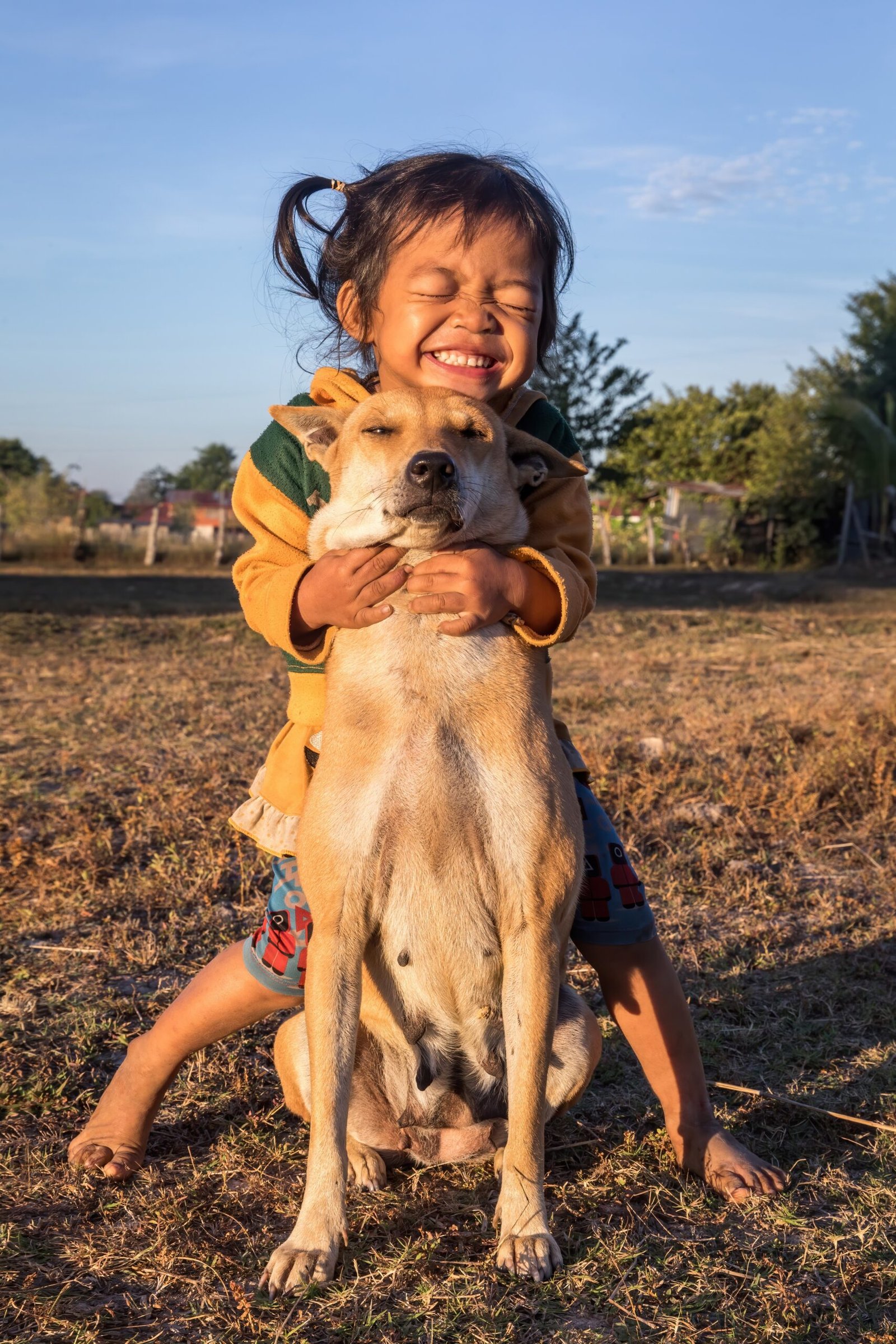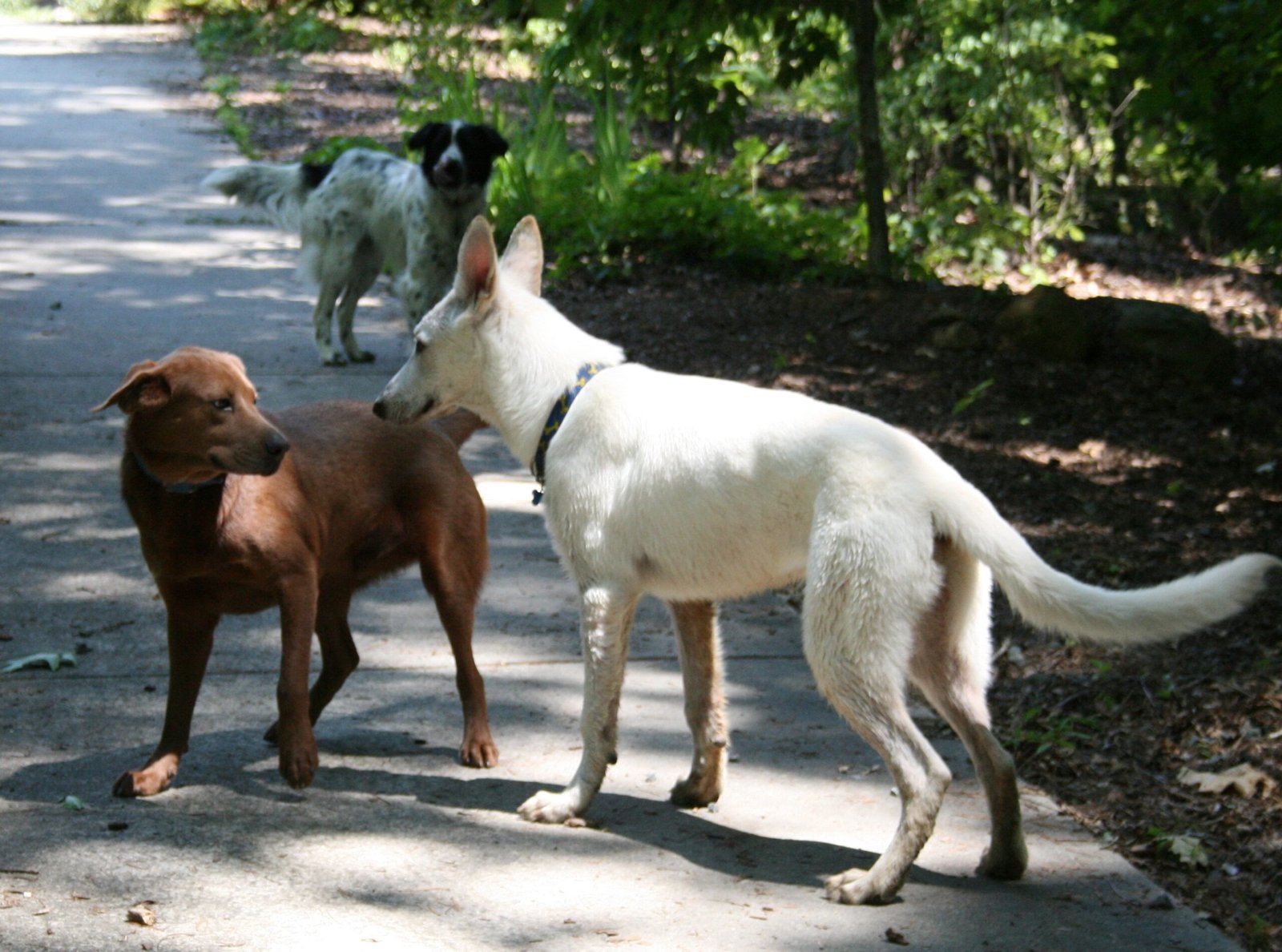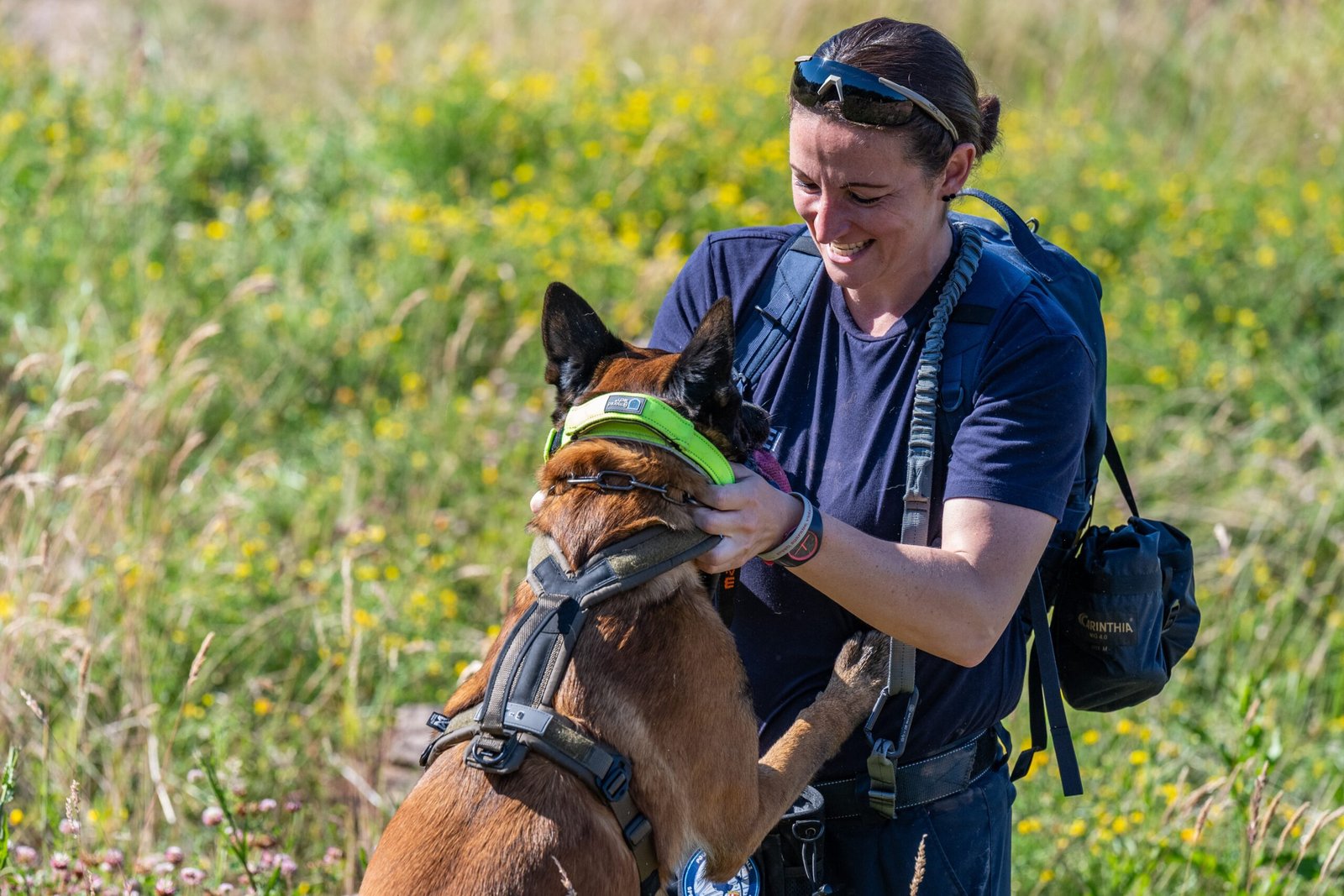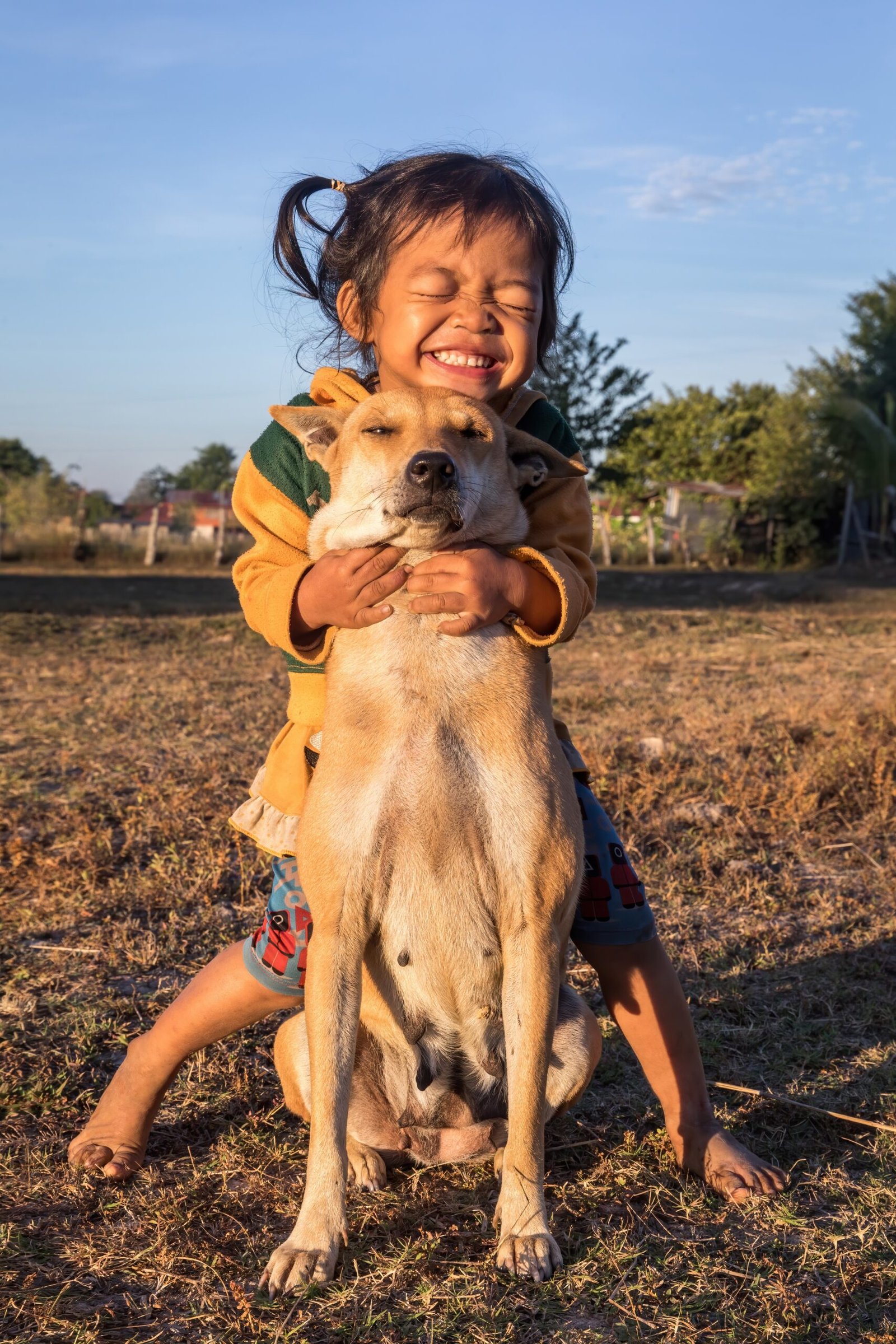Have you ever watched a bashful pup shrink behind the couch while a lively dog leaps across the room, and wondered if these two could ever become best friends? It’s a heartwarming, sometimes nerve-wracking question for many dog lovers. The idea of a shy dog connecting with an outgoing breed can seem impossible, like pairing oil and water. But the truth is, remarkable transformations can happen when the right steps are taken. For anyone hoping their timid companion will find joy and confidence alongside a more social canine, you’re not alone. Let’s dive into the fascinating world of canine friendship and discover how opposites can truly attract—sometimes in the most surprising ways.
Understanding Canine Temperament Differences
Just like people, dogs have unique personalities. Some are born social butterflies, eager to greet everyone with a wagging tail, while others prefer quiet corners and gentle approaches. These differences often stem from genetics, early experiences, and even breed tendencies. Outgoing breeds like Labradors or Golden Retrievers are known for their exuberance, while breeds like Greyhounds or Shiba Inus can be more reserved by nature. But even within breeds, every dog is an individual. Recognizing that shyness isn’t a flaw but simply a trait is key. Accepting your dog’s temperament helps you support them better and sets realistic expectations for their interactions with more extroverted companions.
Why Shy Dogs May Struggle with Outgoing Breeds

Imagine being a quiet person suddenly paired with someone who never stops talking—it can be overwhelming! Shy dogs often feel stressed when faced with a boisterous, energetic friend. The outgoing dog’s playful advances might seem intimidating or even frightening. This stress could lead to hiding, shaking, or even defensive behaviors. It’s crucial to recognize these signs early and avoid forcing interactions. Slow introductions and patience are essential to prevent negative experiences that could reinforce a shy dog’s fears. Building trust at the shy dog’s pace is always the best approach.
The Role of Environment in Building Confidence
The right environment makes a world of difference when helping a shy dog bond with an outgoing breed. A calm, familiar space allows the shy dog to feel safe. Avoid busy dog parks or crowded areas at first, as they can overstimulate and frighten a timid pup. Instead, start at home or in a quiet backyard. Remove loud noises and distractions, and allow both dogs to explore the area at their own pace. Providing cozy hiding spots and soft beds can help the shy dog retreat when needed, making the experience less stressful and more positive.
How to Introduce a Shy Dog to an Outgoing Companion

First impressions matter. When introducing a shy dog to an outgoing breed, keep things low-key and controlled. Use leashes or baby gates to allow the dogs to observe each other from a safe distance. Let the outgoing dog show curiosity, but gently redirect if their enthusiasm becomes too much. Encourage calm sniffing and reward relaxed behavior with treats and praise. Short, positive sessions are much better than long, overwhelming meetings. Watch both dogs’ body language closely—loose tails, soft eyes, and relaxed postures are good signs. If either dog seems stressed, take a break and try again later.
The Power of Positive Reinforcement

Reward-based training is a game-changer for shy dogs. Each time the shy dog approaches or interacts with the outgoing dog in a calm way, offer a treat or gentle affection. This builds positive associations with their new companion. The outgoing dog can also benefit from rewards for gentle, polite behavior. Over time, the shy dog learns that good things happen when their lively friend is around. Consistency is key—regular, small successes add up. Think of it like filling a piggy bank: every treat or praise is a coin that eventually leads to a rich friendship.
When to Seek Professional Help
Sometimes, despite your best efforts, a shy dog remains fearful or an outgoing dog is just too overwhelming. That’s when a professional dog trainer or animal behaviorist can help. These experts use proven techniques to ease anxiety and teach dogs how to interact safely. If you notice aggression, extreme fear, or if attempts at friendship stall for weeks, don’t hesitate to seek guidance. Professionals can create tailored plans that respect both dogs’ personalities, ensuring safety and happiness for everyone involved.
Signs of Progress and Setbacks to Watch For
Progress between a shy dog and an outgoing breed may be slow and subtle. Look for small victories: a wagging tail, a shared sniff, or even just sitting calmly together in the same room. Setbacks—like growling, hiding, or snapping—are normal, too. Don’t be discouraged; these moments simply mean you need to slow down. Tracking these changes can help you adjust your approach. Celebrate every positive step, no matter how small, and remember that patience is your best ally.
Helping the Outgoing Dog Adjust Their Energy
Outgoing breeds often need help understanding that not everyone wants to play all the time. Teaching basic obedience commands like “sit,” “stay,” and “gentle” can make a huge difference. Practice calm greetings and reward the outgoing dog for controlling their impulses. Redirect their energy with toys or games away from the shy dog when needed. With time, even the most exuberant dogs learn that friendship isn’t always about wild play; sometimes, it’s just about being close and quiet together.
Bonding Activities for Opposite Personalities
Finding shared activities that both dogs enjoy can strengthen their bond. Try gentle walks where both can explore at their own pace, or play simple games like hide and seek with treats. Puzzle toys can encourage teamwork without overwhelming the shy dog. Short training sessions together also build mutual trust. Always supervise play and step in if things get too rowdy. Over time, these experiences create a foundation of shared joy and understanding, helping both dogs feel valued and included.
When Bonds Blossom: The Surprising Benefits

Once a shy dog begins bonding with an outgoing breed, the results can be magical. The shy dog often gains confidence, learning by example from their brave friend. The outgoing dog, in turn, may become more gentle and understanding. This partnership can reduce loneliness, ease anxiety, and bring out the best in both dogs. Watching a timid pup blossom into a more social, happy companion is one of the most rewarding experiences a dog lover can witness. And often, these unlikely pairs become inseparable, proving that friendship knows no boundaries in the canine world.

Born and bred in South Africa, a Capetonian at heart. Amy-Leigh’s love for nature and animals was inherited from her Dad. He loves taking the family on road trips to experience nature at its finest; Amy-Leigh’s favourite being whale watching in Hermanus and spotting Kudu along the West Coast. Amy-Leigh holds a BA in English Literature and Communication Studies.






